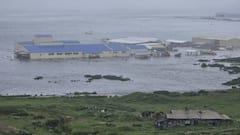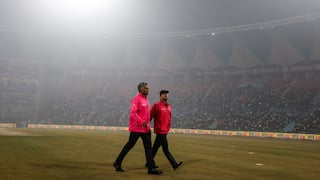Explorer
Potentially habitable planet closest to our solar system found

Washington: Astronomers have found clear evidence of a potentially habitable planet orbiting the closest star to our solar system. The new world, designated Proxima b, orbits its cool red parent star, Proxima Centauri, every 11 days and has a temperature suitable for liquid water to exist on its surface, if it were present. This rocky world is a little more massive than the Earth and is the closest exoplanet to us and the astronomers believe that it may even be the closest possible abode for life beyond our own Sun. "The discovery of the potentially habitable planet around Proxima Cen is the culmination of 30 years of work that has improved stellar velocity measurement precision from 300 m/s (metres per second) to 1 m/s," said one of the researchers, Paul Butler from Carnegie Institution for Science in Washington. Just over four light-years from our solar system, sits a red dwarf star named Proxima Centauri. This cool star in the constellation of Centaurus is too faint to be seen with the naked eye and is close to the much brighter pair of stars known as Alpha Centauri A and B. During the first half of 2016, the HARPS spectrograph on the European Southern Observatory's 3.6-metre telescope at La Silla regularly observed Proxima Centauri, as did other professional and amateur telescopes around the world. The researchers reported in a paper published in the journal Nature that they found evidence of a planet with a mass at least 1.3 times that of the Earth, orbiting about seven million kilometers from Proxima Centauri - only five per cent of the distance between the Earth and the Sun. One complication to the analysis is that red dwarfs like Proxima Centauri are active stars, and their natural brightness variations could mimic the presence of a planet. In order to exclude this possibility, the team also monitored the changing brightness of the star very carefully. Proxima b has an estimated temperature that - if water were present - would allow it in a liquid state on its surface, thus placing it within the so-called "habitable zone" around the star. Despite the temperate orbit of Proxima b, the conditions on the surface may be strongly affected by the ultraviolet and x-ray flares from the star - far more intense than the Earth experiences from the Sun, the researchers said.
Follow Breaking News on ABP Live for more latest stories and trending topics. Watch breaking news and top headlines online on ABP News LIVE TV
Read more






































